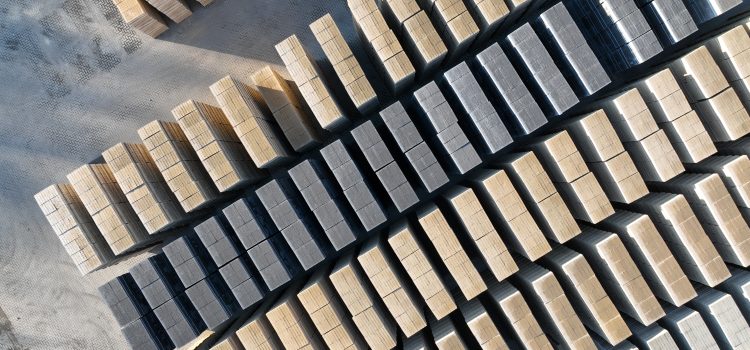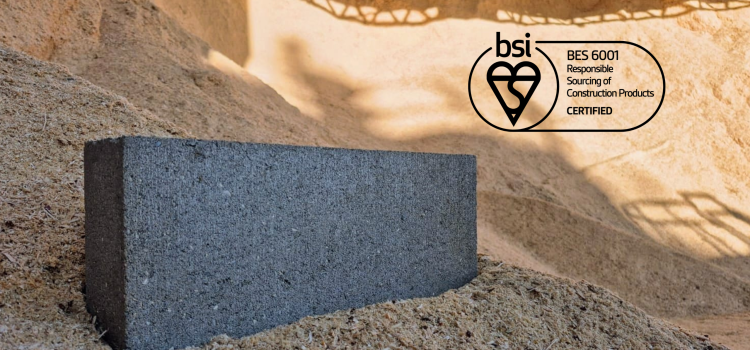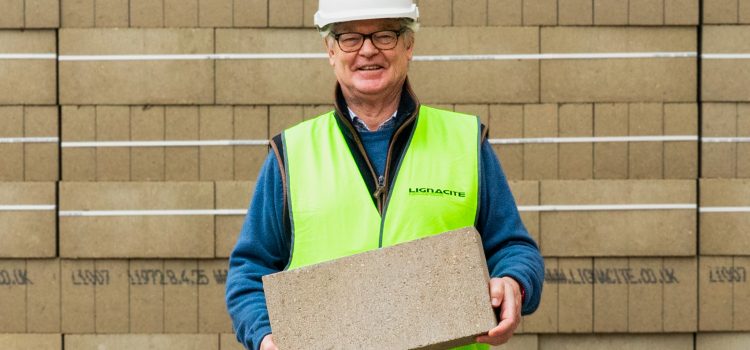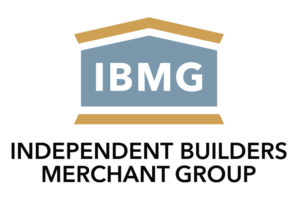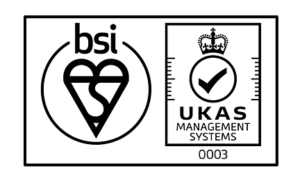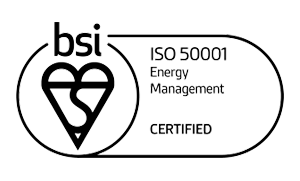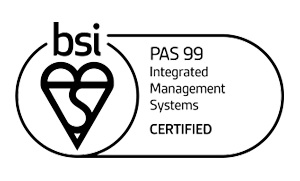Articles
What are the Life Cycle Assessment (LCA) stages in construction?
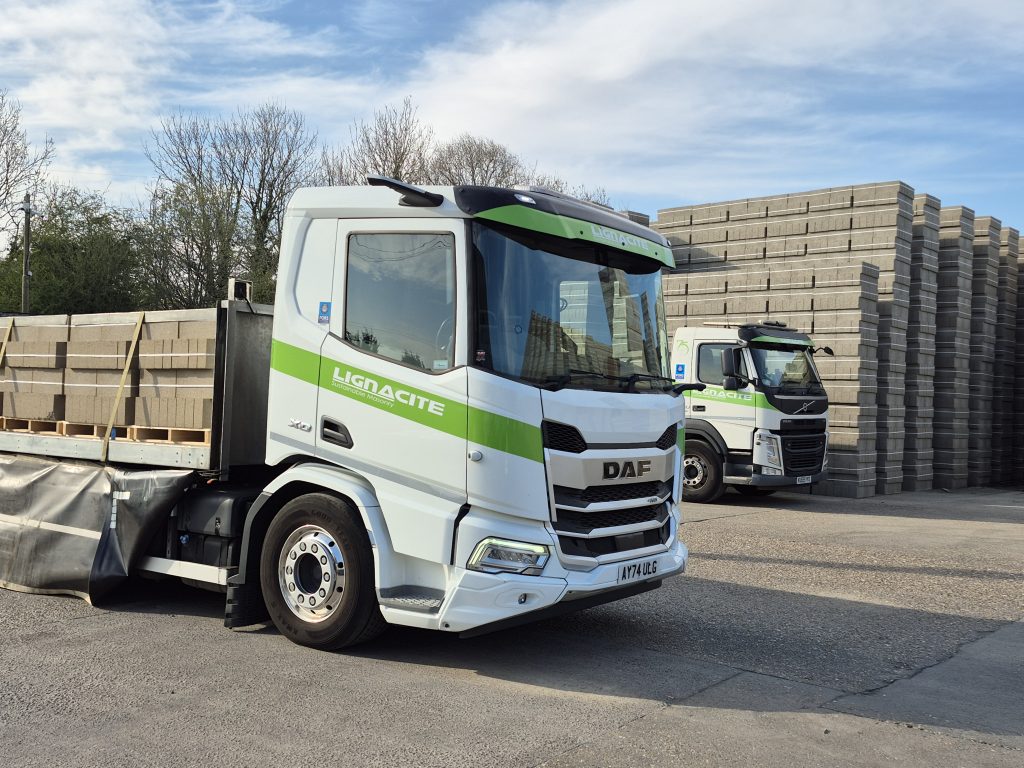
Posted by Lignacite
Life Cycle Assessment (LCA) is a framework used to evaluate the environmental effects of construction materials and products at every stage of their life. In the construction industry, it helps specifiers, developers and contractors make more informed decisions by showing how their choices affect embodied carbon and other key sustainability indicators over time.
This article provides a simple breakdown of the different LCA stages in chronological order – starting with raw material extraction and ending in reuse or disposal. If you’re new to Life Cycle Assessment, this will help you understand the LCA stages in construction and why the early decisions you make matter.
Before we define each stage, it’s important to explain that LCAs for construction are underpinned by the European standard EN 15804, as well as ISO 14025 and ISO 21930. It defines how environmental impacts – such as embodied carbon, energy use and water consumption – should be calculated and reported across all life cycle stages. By providing a consistent structure and clear data requirements, EN 15804 ensures that Environmental Product Declarations (EPDs) are reliable, transparent and comparable. This makes it easier for architects, specifiers and developers to make informed, sustainability-led decisions about green building.
Stage A: Product Stage
This is the first stage of a Life Cycle Assessment and it covers the environmental effects of everything that happens before a product leaves the factory gates. As such, Stage A is known as ‘cradle to gate’. It’s often where the majority of a product’s embodied carbon is generated and where savings can be made.
Read more about this in our article: The role of construction manufacturing in Life Cycle Assessment
A0 – Pre-Extraction Impacts
While not officially recognised in the EN 15804 standard, the term "A0" is sometimes used informally to refer to environmental and social impacts that occur before raw material extraction begins. These might include land-use changes (such as deforestation), biodiversity loss, or the displacement of communities due to resource sourcing, which affect a building’s total carbon footprint.
A1 – Raw Material Supply
This is the extraction or harvesting of raw materials, such as aggregates, cement, metals, and recycled content. It also includes any processing required to make them usable. The energy used and carbon emissions produced here are factored into the product’s total environmental footprint.
A2 – Transport to Manufacturer
Once the raw materials have been sourced, they need to be transported to the manufacturing site. This life cycle stage considers the fuel used, the distance travelled, the weight of the load and the mode of transport (road, rail, sea, etc.).
A3 – Manufacturing
Here, raw materials are turned into usable construction materials, such as concrete blocks. This stage considers the energy used on-site, water consumption, waste generated and any emissions created during the process.
If a manufacturer uses recycled materials or renewable energy, the environmental impact at this stage may be significantly reduced.
A4 – Transport to Site
This life cycle phase covers the environmental impact of delivering finished products from the manufacturing facility to the construction site. It takes into account factors such as distance travelled, mode of transport, vehicle efficiency and fuel type. This stage can contribute to a product’s embodied carbon, particularly for projects requiring long-distance or frequent deliveries. Choosing lower-carbon transport options, such as Lignacite’s HVO-fuelled vehicles from our Nazeing site, helps reduce emissions at this stage. The Lignacite ECO Range is designed to minimise impact across A1–A4, with up to 70% less embodied carbon compared to standard blocks.
Stage B: Construction Process Stage
This stage of the Life Cycle Assessment accounts for what happens once the manufactured construction materials leave the factory and arrive on site. It is related to the building life cycle.
B1 – Use
This covers the impacts of the product during normal use (e.g. emissions and leaks) without maintenance or repair.
B2 – Maintenance
Includes cleaning, upkeep and minor works needed to maintain performance over time. This stage accounts for materials, energy and water used. Specifying concrete blockwork usually results in little or no maintenance over the service life of a building.
B3 – Repair
This stage reflects the actions needed to fix a damaged or malfunctioning product. It considers the resources and energy needed for the repair process.
B4 – Replacement
This substage captures the impacts of replacing the product during the building's life, including manufacturing, transport and installation of the replacement.
B5 – Refurbishment
This involves more extensive work than repair or replacement – usually updating or overhauling the product or system. The measurement of this stage includes material and energy inputs.
B6 – Operational Energy Use
This life cycle stage focuses on the energy consumption by the product during use (e.g. heating, cooling, lighting, ventilation) as well as the resulting operational carbon emissions.
B7 – Operational Water Use
This phase accounts for the water used during the project’s operation, such as in plumbing or appliances.
B8 – Infrastructure
This stage is referred to in broad LCAs to capture infrastructure impacts during the use phase (e.g. roads or access platforms). This stage is not standardised in EN 15804 and is generally excluded from product-level assessments.
B9 – User Activities
Some LCA guides include user-related impacts not directly linked to the product but occurring as a result of its use. This is not standard in EN 15804 and is typically excluded unless specifically defined in the scope as part of the entire lifecycle.
Stage C: End of Life Stage
This stage accounts for what happens to the materials and products used in its construction once the building reaches the end of its life.
C1 – Deconstruction/Demolition
Stage C1 of the building life cycle considers the environmental impact of safely dismantling or demolishing a structure, including greenhouse gas emissions from equipment and machinery.
C2 – Transport of Waste
As with earlier transport stages, this stage of the assessment covers the environmental cost of moving waste materials from the demolition site to recycling or disposal facilities.
C3 – Waste Processing
At this point, waste is processed – either sorted for recycling, reused or sent to landfill for final disposal. The energy and emissions involved are included here. Typically 80% of concrete materials are recycled.
C4 – Disposal
Any materials that can’t be reused or recycled are disposed of, typically through landfilling or incineration. The environmental consequences of these methods are accounted for.
Stage D: Beyond the system boundary
This phase accounts for the potential environmental benefits or burdens that occur at the end of the building’s lifetime. Although not part of the core Life Cycle Assessment framework, it provides valuable context by capturing impacts such as material recycling, reuse, or energy recovery, which have an impact on the total carbon footprint.
For example, if concrete blocks are crushed and reused as aggregate, the benefits of substituting virgin materials with sustainable ones are credited here. While these benefits are not guaranteed, they help paint a fuller picture of a product’s long-term performance and are especially useful in comparative or whole-building assessments.
Build better from the start
While each stage contributes to the total life cycle impact – and environmental performance – of a whole building project, the biggest differences can often be made early on, particularly in the product stage (A1-A3). That’s why the choice of building materials plays such a pivotal role in sustainable construction.
The Lignacite ECO Range is designed with this in mind. Developed using recycled aggregates and renewable energy, the blocks can reduce embodied carbon in stages A1-A4 by up to 70% when delivery using HVO-fuelled vehicles is factored in.
Explore the ECO Range or get in touch with our team to find out how it could support your environmental sustainability goals.
